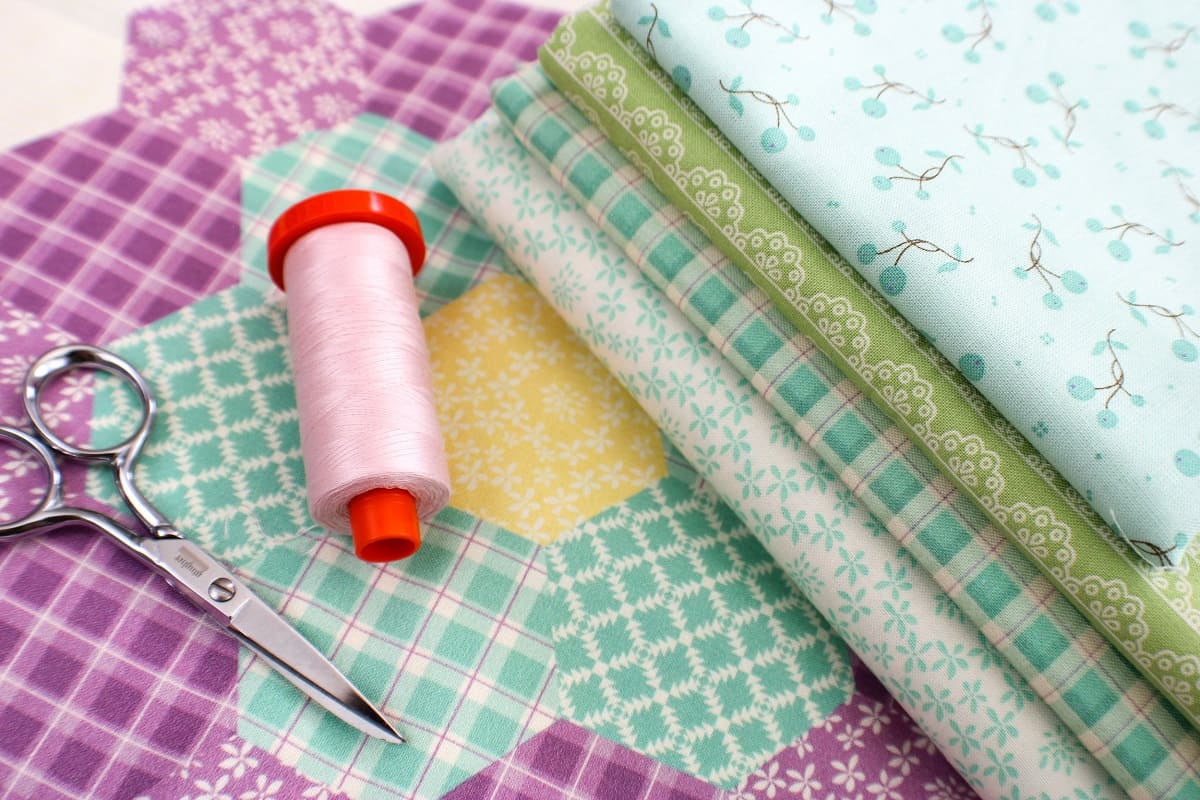

Articles
How Much Fabric Is Needed For A Baby Quilt
Modified: February 24, 2024
Discover how much fabric is needed for a baby quilt with our informative articles. Get expert tips and tricks for your next quilting project.
(Many of the links in this article redirect to a specific reviewed product. Your purchase of these products through affiliate links helps to generate commission for Storables.com, at no extra cost. Learn more)
Introduction
Welcome to the world of baby quilting! Whether you’re a seasoned quilter or just starting out, one of the key considerations when making a baby quilt is determining how much fabric you will need. Getting the right amount of fabric not only ensures that you have enough to complete your project, but it also helps you avoid unnecessary waste and expenses. In this article, we will explore the factors to consider and the methods to calculate the fabric yardage for a baby quilt.
When making a baby quilt, it’s important to choose a size that will be suitable for the intended recipient. Baby quilts are typically smaller than adult quilts for practical reasons. They need to be portable, easy to wash, and safe for the baby. The most common sizes for baby quilts range from 36 inches by 36 inches to 50 inches by 50 inches. You can choose a specific size based on your preference and the purpose of the quilt.
Calculating the fabric yardage for a baby quilt involves determining the amount of fabric needed for both the quilt top and the backing. The yardage will depend on various factors, including the quilt size, the fabric width, and any extra fabric needed for borders, binding, and backing.
There are two main methods to calculate fabric yardage for a baby quilt. The first method involves using standard measurements based on the chosen quilt size, while the second method uses measurements based on the size of the quilt blocks or the pattern being used.
Once you have determined the yardage needed for your quilt top, you may need to make adjustments if your fabric has a specific pattern or direction. This ensures that the pattern looks consistent and visually appealing.
Understanding the fabric yardage calculation is crucial to avoid running short of fabric or ending up with excessive leftovers. To help you grasp this concept better, let’s explore both calculation methods and delve into some examples.
Key Takeaways:
- Ensure you have enough fabric for your baby quilt by calculating yardage based on quilt size, fabric width, and additional needs like borders and backing. Consider pattern alignment for a visually appealing result.
- When buying fabric for a baby quilt, prioritize safety, quality, and coordination. Pre-wash, choose high-quality quilting cotton, and consider eco-friendly options. Have fun with fabric selection and purchase a little extra for flexibility.
Read more: How Much Fabric Is Needed For A Quilt
Choosing the Size of the Baby Quilt
When making a baby quilt, choosing the right size is an important consideration. Baby quilts are typically smaller than regular quilts, as they are designed to be portable, easy to handle, and safe for babies. The size of the quilt will depend on your personal preference, the intended use, and the age of the baby.
The most common sizes for baby quilts range from 36 inches by 36 inches to 50 inches by 50 inches. A 36-inch square quilt is a popular choice as it provides enough coverage for a newborn and can also be used as a playmat or a stroller blanket. If you prefer a slightly larger size, you can opt for a 40-inch square quilt. This size allows more room for growth and can be used as a crib quilt or a lap quilt as the baby grows.
For older babies or toddlers, a 45-inch square quilt is a versatile option. This size provides ample coverage and can also be used as a tummy time mat or a comfort blanket. If you want to make a quilt that will last well into the toddler years, a 50-inch square quilt is a great choice. This larger size allows for more design opportunities and can be used as a bedspread or a toddler-sized blanket.
Keep in mind that these are just general guidelines, and you can adjust the size based on your personal preference and the purpose of the quilt. If you have a specific theme or design in mind, consider how the size will complement your vision. Additionally, think about the practicality of the quilt, such as whether it needs to fit into a specific space or be easily carried around.
Another factor to consider is the age of the baby. If you’re making the quilt for a newborn, a smaller size will be sufficient. However, if you’re making the quilt for a slightly older baby or toddler, a larger size will provide more coverage and comfort. It’s also important to remember that babies grow quickly, so a larger quilt may have a longer lifespan as the baby continues to grow and use it.
Ultimately, the size of the baby quilt is a personal choice. Consider both the practical and aesthetic aspects when selecting the size. Take into account the baby’s age, intended use, and design vision to create a quilt that is not only functional but also visually appealing.
Understanding the Fabric Yardage Calculation
Calculating the fabric yardage for a baby quilt is an essential step in the quilting process. It ensures that you have enough fabric to complete the quilt top, borders, binding, and backing without running short. To accurately determine the fabric yardage, it’s important to understand the factors involved in the calculation.
The yardage required for a baby quilt depends on several factors, including the quilt size, fabric width, and any additional fabric needed for borders, binding, and backing. Quilt sizes can vary, but common dimensions for baby quilts range from 36 inches by 36 inches to 50 inches by 50 inches. The chosen size will dictate the amount of fabric needed for the quilt top.
Fabric width is another crucial factor. Most quilting cottons have a width of 44 inches to 45 inches. This is the usable width of the fabric, which means it can vary slightly due to selvage edges. Some fabrics may have a wider or narrower width, so it’s important to take this into consideration when calculating yardage.
In addition to the fabric required for the quilt top, you’ll need to account for any borders, binding, and backing. Borders are optional but can add visual interest and frame the quilt. Binding is the fabric used to finish the edges of the quilt. Backing is the fabric that goes on the back of the quilt. The yardage for borders, binding, and backing is typically calculated separately based on the quilt size and fabric width.
When calculating fabric yardage, it’s important to consider the seam allowance as well. A standard quarter-inch seam allowance is typically used in quilting. This means that each seam will take up a small portion of the fabric. To account for seam allowances, you may need to add extra fabric to your calculation, especially if your quilt has a complex pattern with many seams.
Keep in mind that these calculations are based on straight cuts and standard measurements. If your quilt design includes angles or curves, you may need to make additional adjustments to ensure you have enough fabric.
Once you have determined the fabric yardage for the quilt top, borders, binding, and backing, it’s important to consider the direction or pattern of the fabric. Quilting fabrics often have a print or pattern that needs to be oriented in a specific way. This means you may need to buy extra fabric to ensure that the pattern aligns correctly or to accommodate directional prints.
Understanding the fabric yardage calculation is crucial for a successful baby quilt project. By taking into account the quilt size, fabric width, additional fabric needs, and seam allowances, you can accurately determine the amount of fabric you need. This ensures that you have enough fabric to complete your quilt while minimizing waste and avoiding unnecessary expenses.
Factors to Consider in Fabric Yardage Calculation
When calculating the fabric yardage for a baby quilt, there are several factors to consider to ensure accurate measurements and efficient use of fabric. By taking these factors into account, you can avoid running short of fabric or ending up with excess yardage.
1. Quilt Size: The size of the baby quilt is the primary factor in fabric yardage calculation. Determine the desired dimensions of the quilt, whether it’s a standard size or a custom size based on your preferences. The quilt size will determine the amount of fabric needed for the quilt top.
2. Fabric Width: Quilting fabrics typically come in a standard width of 44-45 inches. However, it’s essential to confirm the width of the specific fabric you plan to use. The fabric width will affect the amount of fabric required for the quilt top and other components such as borders, backing, and binding.
3. Seam Allowance: Seam allowance is the extra space between the fabric edges that is included in each seam. The standard seam allowance in quilting is typically ¼ inch. When calculating fabric yardage, consider the seam allowance and account for the additional fabric needed to accommodate the seams.
4. Additional Fabric Needs: Depending on the quilt design, you may have additional fabric requirements, such as borders, binding, and backing. Borders can add visual interest and frame the quilt, while binding is used to finish the edges. The backing fabric covers the back of the quilt. Calculate the yardage needed for these components separately.
5. Quilt Design and Pattern: The design and pattern of your baby quilt can affect the fabric yardage calculation. If your quilt features intricate patterns or extensive block placements, it’s wise to allocate extra fabric to accommodate any fabric matching or aligning required for a cohesive look.
6. Fabric Pattern or Direction: If your fabric has a pattern, print, or direction to consider, you need to factor this into your yardage calculation. Some fabrics may have a directional print that needs to be oriented in a specific way. You may need to buy extra fabric to ensure the pattern aligns correctly or to accommodate directional prints.
7. Quilting Technique: Different quilting techniques, such as patchwork, appliqué, or fussy cutting, can impact the fabric yardage calculation. Some techniques may require more precise measurements or additional fabric for specific design elements. Consider the quilting technique you plan to use to determine the fabric yardage accurately.
By considering these factors in your fabric yardage calculation, you can ensure that you have the right amount of fabric to complete your baby quilt. Taking accurate measurements and accounting for factors like quilt size, fabric width, seam allowance, and additional fabric needs will help you avoid running short or wasting fabric unnecessarily.
Calculation Method 1: Using Standard Measurements
One of the common methods to calculate fabric yardage for a baby quilt is by using standard measurements based on the chosen quilt size. This straightforward approach simplifies the calculation process and ensures accurate results.
To determine the fabric yardage using this method, follow these steps:
1. Determine the Size of the Quilt: Choose the desired dimensions for your baby quilt. Common sizes range from 36 inches by 36 inches to 50 inches by 50 inches. Select the size that suits your preference and the purpose of the quilt.
2. Calculate the Fabric Needed for the Quilt Top: To calculate the fabric required for the quilt top, multiply the length and width of the quilt size. For instance, if your quilt size is 40 inches by 40 inches, the fabric needed for the quilt top would be 1600 square inches (40 inches x 40 inches = 1600 square inches).
3. Convert Square Inches to Yardage: Convert the square inch measurement to yardage to determine how much fabric you need. Divide the square inch measurement by 1,296 (the number of square inches in a yard). In the example above, 1600 square inches divided by 1,296 equals approximately 1.23 yards of fabric needed for the quilt top.
4. Account for Additional Fabric Needs: Consider any additional fabric needs for borders, binding, and backing. Calculate these separately based on the dimensions and design of each component. Add these yardage measurements to the fabric needed for the quilt top to determine the total fabric yardage required for your baby quilt.
It is essential to double-check your measurements and calculations to ensure accuracy. Keep in mind that this method assumes straight cuts and does not account for seam allowances. If your quilt design includes angled or curved pieces, you may need to adjust the yardage calculation accordingly.
By following the standard measurements method, you can easily determine the fabric yardage needed for your baby quilt. This method provides a simple and reliable approach to ensure you have enough fabric to complete your project, making your quilting process smoother and more efficient.
When calculating fabric for a baby quilt, consider the quilt size, seam allowance, and any pattern repeat. Add extra for mistakes or future repairs.
Calculation Method 2: Using Block or Pattern Measurements
Another method to calculate fabric yardage for a baby quilt is by using block or pattern measurements. This method is particularly useful when your quilt design consists of repeating blocks or patterns.
Follow these steps to calculate fabric yardage using this method:
1. Determine the Block or Pattern Size: Start by determining the size of the individual blocks or patterns in your quilt design. Measure the length and width of each block or pattern unit. For example, if your block measures 8 inches by 8 inches, note down these measurements.
2. Calculate the Area of each Block or Pattern: Multiply the length and width measurements of the block or pattern to calculate the area in square inches. In our example, the area would be 64 square inches (8 inches x 8 inches = 64 square inches).
3. Determine the Number of Blocks or Patterns: Count the number of blocks or patterns you will need for your quilt. If you plan to have 20 blocks or patterns in total, make a note of this number.
4. Multiply the Area by the Number of Blocks or Patterns: Multiply the area of each block or pattern by the total number of blocks or patterns. In our example, if you have 20 blocks or patterns, the total area required would be 1,280 square inches (64 square inches x 20 blocks = 1,280 square inches).
5. Convert Square Inches to Yardage: Similar to the previous method, you will need to convert the square inch measurement to yardage. Divide the square inch measurement by 1,296 (the number of square inches in a yard). In our example, 1,280 square inches divided by 1,296 equals approximately 0.99 yards of fabric needed for the blocks or patterns.
6. Account for Additional Fabric Needs: Just like in the previous calculation method, consider any additional fabric needs for borders, binding, and backing. Calculate these separately based on the dimensions and design of each component, and add them to the yardage needed for the blocks or patterns to determine the total fabric yardage required for your baby quilt.
This method is particularly useful when you have a specific block or pattern design in mind for your baby quilt. It allows you to accurately calculate the fabric yardage required for the repeated units, ensuring you have enough fabric to complete the quilt. Remember to consider seam allowances and any adjustments needed for angled or curved pieces in your calculation.
By utilizing the block or pattern measurements method, you can confidently determine the fabric yardage needed for your baby quilt. This approach allows for more precise calculations and helps you optimize your fabric usage for a successful quilting project.
Adjusting Yardage for Fabric Pattern or Direction
When calculating fabric yardage for a baby quilt, it’s important to consider the fabric pattern or direction. Many fabrics have prints or patterns that need to be oriented in a specific way for visual appeal and continuity. Adjusting the yardage to account for the fabric pattern or direction ensures that your baby quilt looks cohesive and visually pleasing.
Here are some steps to follow when adjusting yardage for fabric pattern or direction:
1. Identify the Fabric Pattern: Examine the fabric you plan to use for your baby quilt and determine if it has a specific pattern or print. This could be a floral design, geometric shapes, animals, or any other motif. Take note of the size and orientation of the pattern.
2. Determine the Required Alignment: Decide how you want the fabric pattern to align across your quilt. For example, if you have a fabric with a large floral pattern, you may want the flowers to appear centered in each block or to align in a specific direction. Visualize how the fabric will be cut and pieced together to achieve the desired pattern alignment.
3. Assess the Waste and Efficiency: Depending on the fabric pattern and desired alignment, there may be some waste involved in achieving the desired look. Evaluate the fabric layout and consider any additional fabric that may be required to ensure the pattern aligns correctly. This is especially important if the pattern has a directional element, as you may need to purchase extra fabric to account for orientation constraints.
4. Calculate the Adjusted Yardage: Once you have determined the required alignment and assessed potential waste, recalculate the fabric yardage to account for the pattern adjustment. Consider the desired pattern alignment and any additional fabric needed for cutting and piecing to achieve that alignment. Add this adjusted yardage to the initial fabric yardage calculation for the quilt top, borders, binding, and backing.
5. Purchase the Correct Amount of Fabric: Based on the adjusted yardage calculation, purchase the necessary amount of fabric to ensure you have enough for your baby quilt. It’s always a good idea to buy a little extra fabric to account for any mistakes or adjustments during the quilting process.
By adjusting the yardage for fabric pattern or direction, you can achieve a cohesive and visually stunning baby quilt. Taking the time to plan and consider the pattern alignment ensures that your fabric’s design is showcased effectively. This attention to detail adds an extra touch of professionalism and enhances the overall aesthetic appeal of your quilt.
Yardage Calculation Examples
To further illustrate the fabric yardage calculation process for a baby quilt, let’s go through a couple of examples using different quilt sizes and fabric widths.
Example 1:
Quilt Size: 36 inches by 36 inches
Fabric Width: 44 inches
Additional Fabric Needs: 2-inch border, 0.5-inch binding, and 3-inch seam allowance
Step 1: Calculate the fabric needed for the quilt top:
36 inches x 36 inches = 1,296 square inches
Step 2: Convert square inches to yardage:
1,296 square inches ÷ 1,296 = 1 yard of fabric needed for the quilt top
Step 3: Calculate the additional fabric needs:
2-inch border + 0.5-inch binding + 3-inch seam allowance = 5.5 inches total
Convert inches to yards: 5.5 inches ÷ 36 = 0.1528 yards
Step 4: Determine the total fabric yardage needed:
Quilt top yardage + Additional fabric needs = 1 yard + 0.1528 yards = 1.1528 yards
Rounding up to the nearest fraction, you would need approximately 1.25 yards of fabric for this baby quilt.
Example 2:
Quilt Size: 48 inches by 48 inches
Fabric Width: 45 inches
Additional Fabric Needs: 3-inch border, 0.75-inch binding, and 3-inch seam allowance
Step 1: Calculate the fabric needed for the quilt top:
48 inches x 48 inches = 2,304 square inches
Step 2: Convert square inches to yardage:
2,304 square inches ÷ 1,296 = 1.7778 yards of fabric needed for the quilt top
Step 3: Calculate the additional fabric needs:
3-inch border + 0.75-inch binding + 3-inch seam allowance = 6.75 inches total
Convert inches to yards: 6.75 inches ÷ 36 = 0.1875 yards
Step 4: Determine the total fabric yardage needed:
Quilt top yardage + Additional fabric needs = 1.7778 yards + 0.1875 yards = 1.9653 yards
Rounding up to the nearest fraction, you would need approximately 2 yards of fabric for this baby quilt.
These examples demonstrate how to calculate fabric yardage for different quilt sizes and fabric widths while considering additional fabric needs. Remember to always double-check your measurements and calculations to ensure accurate results.
Additional Tips for Buying Fabric for a Baby Quilt
When it comes to buying fabric for a baby quilt, there are a few additional tips that can help you make the best choices and ensure a successful quilting project. Consider the following tips when selecting and purchasing fabric for your baby quilt:
1. Pre-wash Your Fabric: Before cutting and sewing your fabric, it’s a good idea to pre-wash it. This helps prevent shrinkage and color bleeding after the quilt is completed. Follow the manufacturer’s instructions for washing and drying the fabric to ensure the best results.
2. Choose High-Quality Quilting Cotton: When selecting fabric for a baby quilt, opt for high-quality quilting cotton. Quilting cotton is specifically designed for quilting projects, offering durability, easy sewing, and a wide range of attractive prints and patterns. It also tends to shrink less compared to other types of fabric.
3. Consider Fabric Safety: The safety of the fabric is of utmost importance, especially for a baby quilt. Ensure that the fabric you choose is free from harmful chemicals and meets safety standards. Look for fabrics that are labeled as baby or child-friendly, indicating that they have been tested for safety.
4. Coordinate Colors and Prints: Consider the color palette and design theme for your baby quilt. Choose fabrics with complementary colors and prints that harmonize well together. This will create a visually appealing and cohesive look for your quilt. You can also mix and match different pattern sizes to add dimension and interest.
5. Explore Organic and Eco-Friendly Options: If you prefer eco-conscious choices, explore organic fabric options for your baby quilt. Organic fabrics are grown without the use of pesticides or synthetic fertilizers, making them a more sustainable choice. Additionally, look for fabrics made from recycled materials or produced using eco-friendly manufacturing processes.
6. Purchase Extra Fabric: It’s always a good idea to buy some extra fabric to allow for mistakes, adjustments, or future projects. Having a little extra fabric ensures that you have enough in case of errors or unforeseen issues during the quilting process. Plus, it’s always nice to have leftover fabric for coordinating accessories or future quilting projects.
7. Shop Local or Online: Consider supporting local fabric stores or independent fabric retailers. Local shops often have a wide selection of fabrics and knowledgeable staff who can assist you with your fabric choices. Alternatively, online fabric stores offer convenience and a vast range of options to explore, making it easy to find the perfect fabrics for your baby quilt.
8. Read Fabric Reviews: Before purchasing fabric online, take the time to read customer reviews and check for any feedback on the quality, durability, and colorfastness of the fabric. This can provide insights from other quilters who have used the fabric and help you make an informed decision.
9. Have Fun with Fabric Selection: Lastly, enjoy the process of selecting fabric for your baby quilt. Quilting is a creative endeavor, and choosing fabric is part of the joy. Have fun exploring different options, mixing and matching prints, and selecting fabrics that will bring your vision for the baby quilt to life.
By following these tips, you can confidently select and purchase the perfect fabric for your baby quilt. Consider fabric safety, quality, coordination, and your personal preferences to create a beautiful and safe quilt for the little one.
Read more: How Much Fabric Is Needed For A Twin Quilt
Conclusion
Congratulations! You have now learned how to calculate fabric yardage for a baby quilt and gained valuable tips for buying fabric. Understanding the factors involved in yardage calculation, such as quilt size, fabric width, additional fabric needs, and pattern alignment, is essential for a successful quilting project.
Choosing the right size for your baby quilt is the first step in ensuring a well-proportioned and practical quilt. Consider the age of the baby, intended use, and your design vision when selecting the quilt size. This will help you create a quilt that is both functional and visually appealing.
Calculating fabric yardage using standard measurements or block/pattern measurements allows you to accurately determine the amount of fabric needed for the quilt top and other components like borders, binding, and backing. Consider the seam allowance and any adjustments needed for angled or curved pieces to ensure precise calculations.
When adjusting yardage for fabric patterns or directions, take into account the orientation, alignment, and potential waste. This will result in a cohesive and visually pleasing quilt that showcases the fabric design effectively.
Additional tips for buying fabric, such as pre-washing, choosing high-quality quilting cotton, considering fabric safety, coordinating colors and prints, and purchasing a little extra fabric, will help you make informed decisions and create a beautiful and safe quilt for the baby.
Remember, quilting is a creative journey, and selecting fabric for your baby quilt should be an enjoyable experience. Explore different options, mix and match patterns, and embrace your personal style throughout the process.
With the knowledge and insights gained from this article, you are well-equipped to embark on your baby quilt project. Whether it’s a gift for a loved one or a special keepsake for your own child, the fabric yardage calculation skills you have acquired will ensure that you have enough fabric to complete your quilt and create a cherished heirloom that will be treasured for years to come.
Frequently Asked Questions about How Much Fabric Is Needed For A Baby Quilt
Was this page helpful?
At Storables.com, we guarantee accurate and reliable information. Our content, validated by Expert Board Contributors, is crafted following stringent Editorial Policies. We're committed to providing you with well-researched, expert-backed insights for all your informational needs.
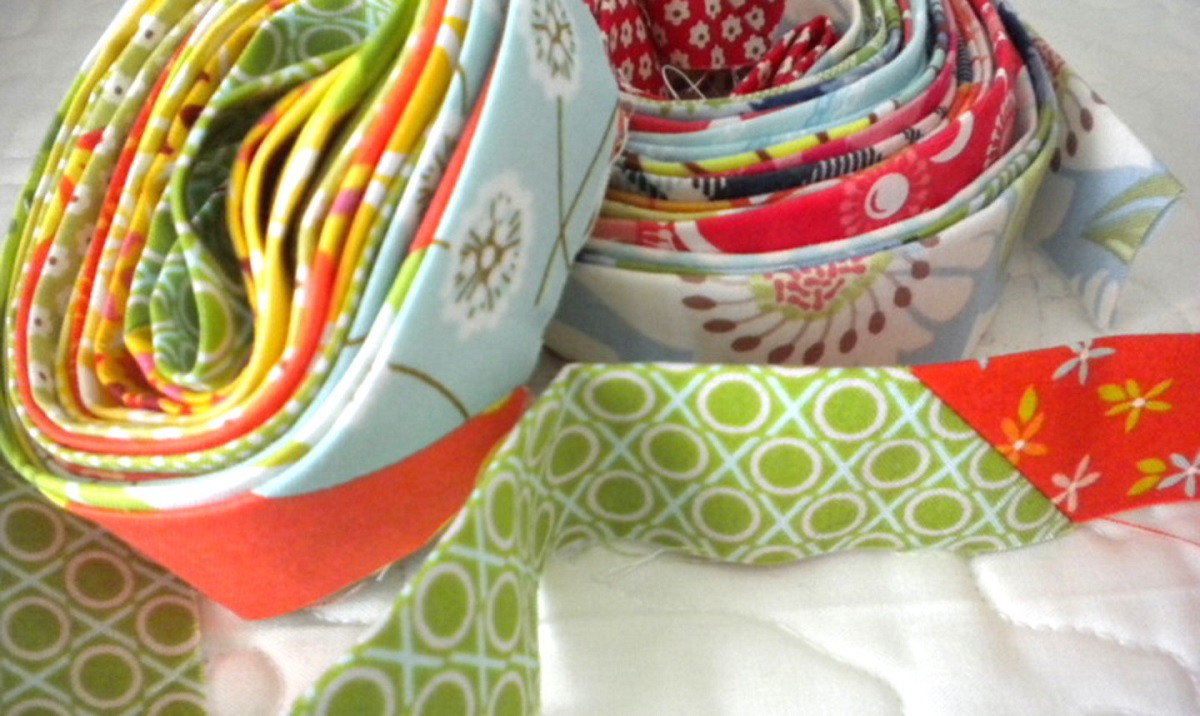
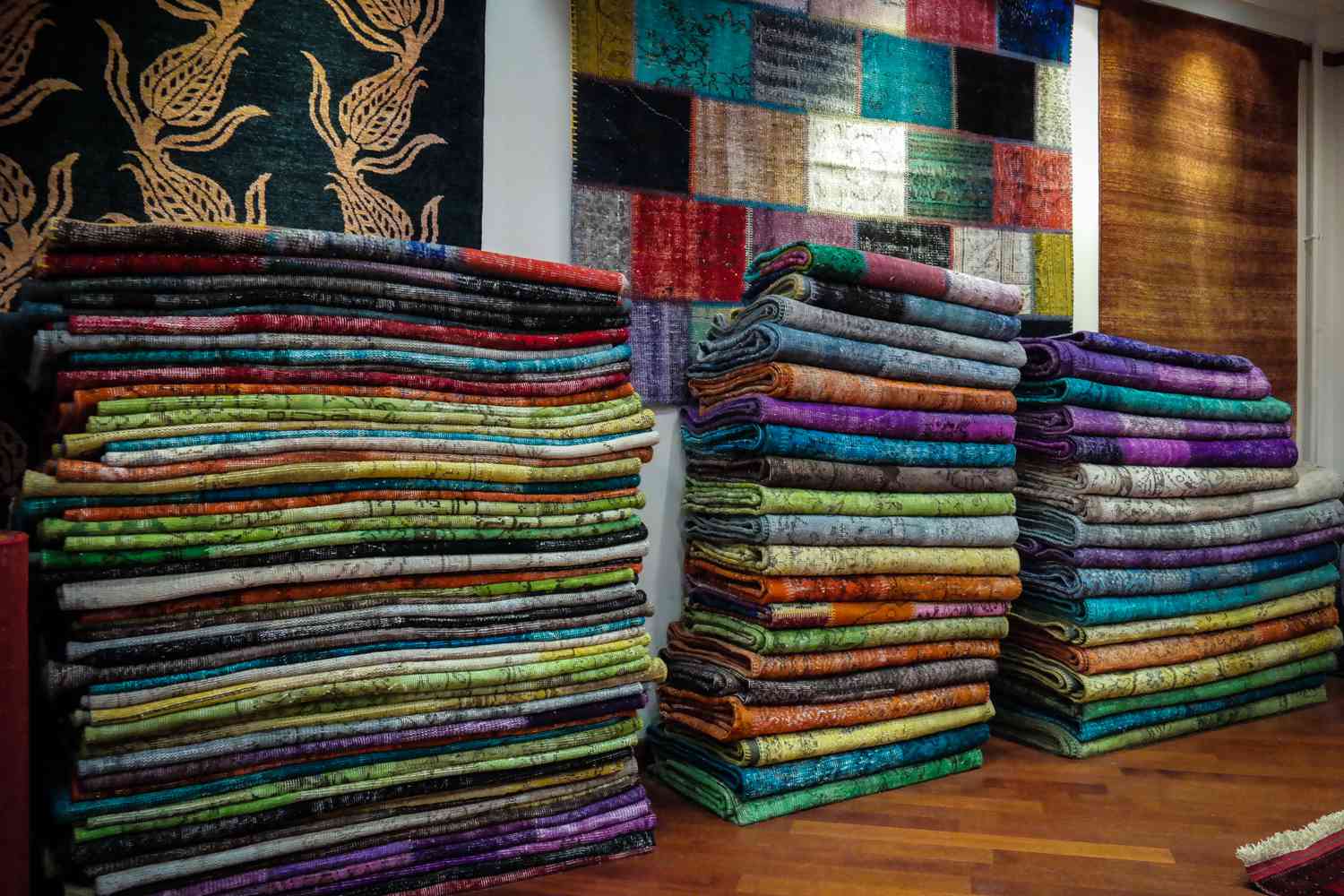
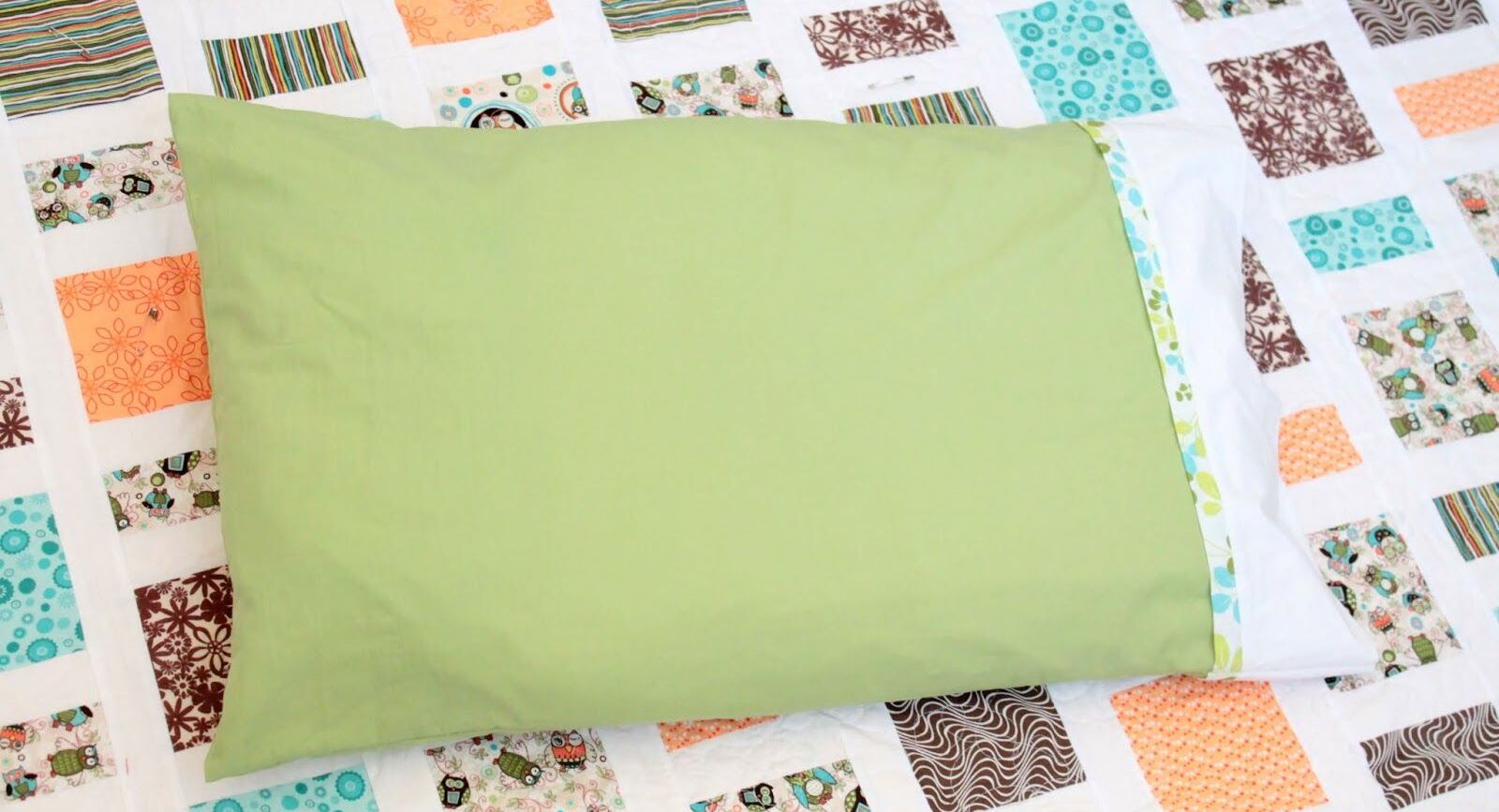
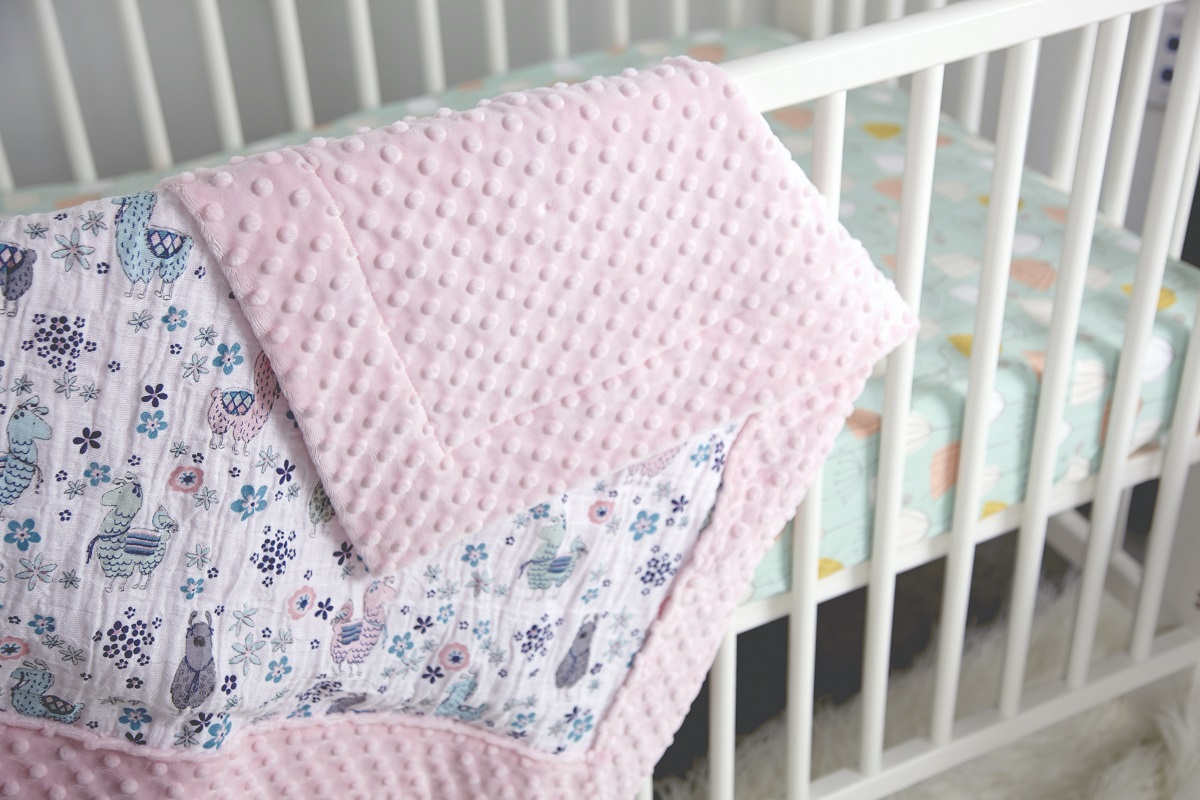
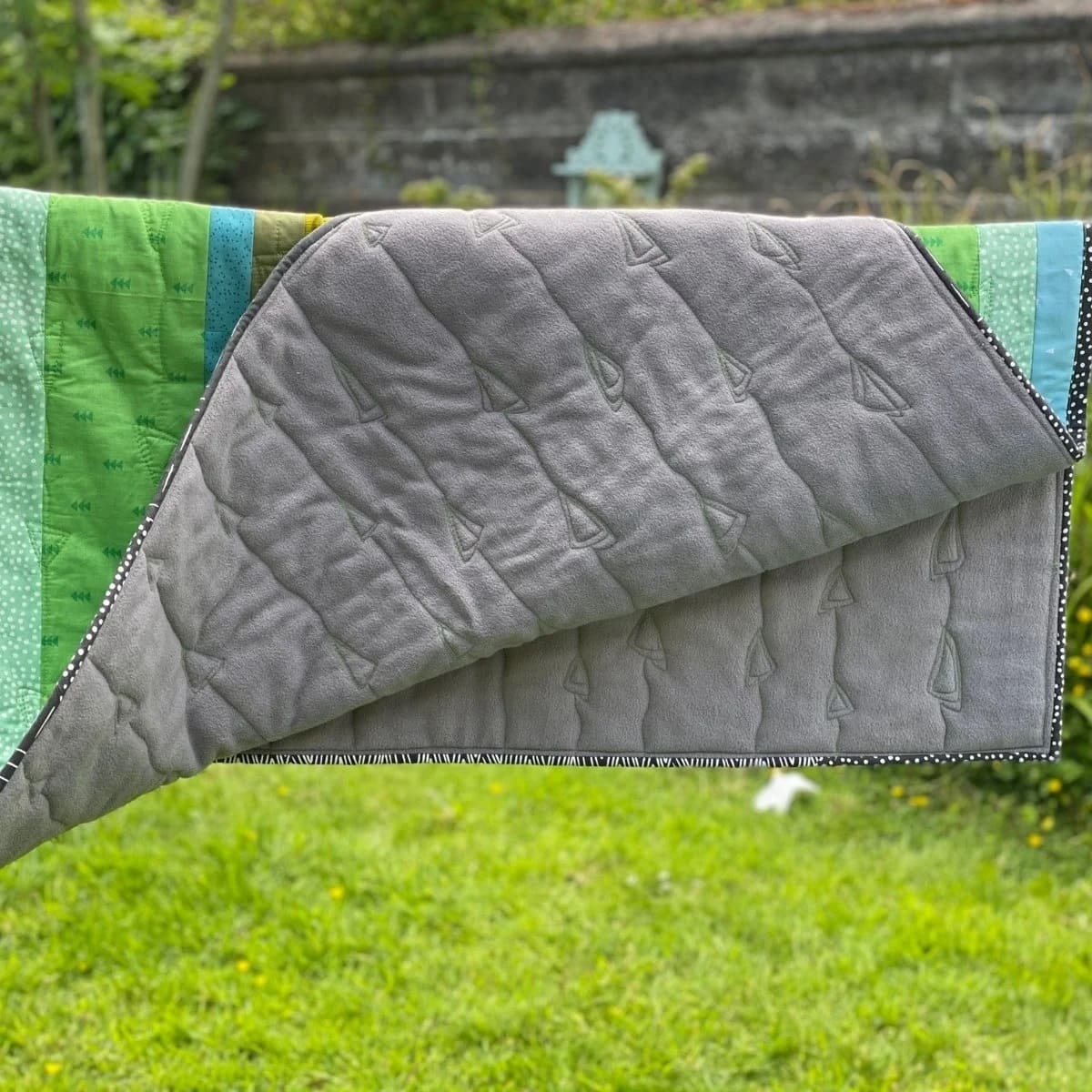
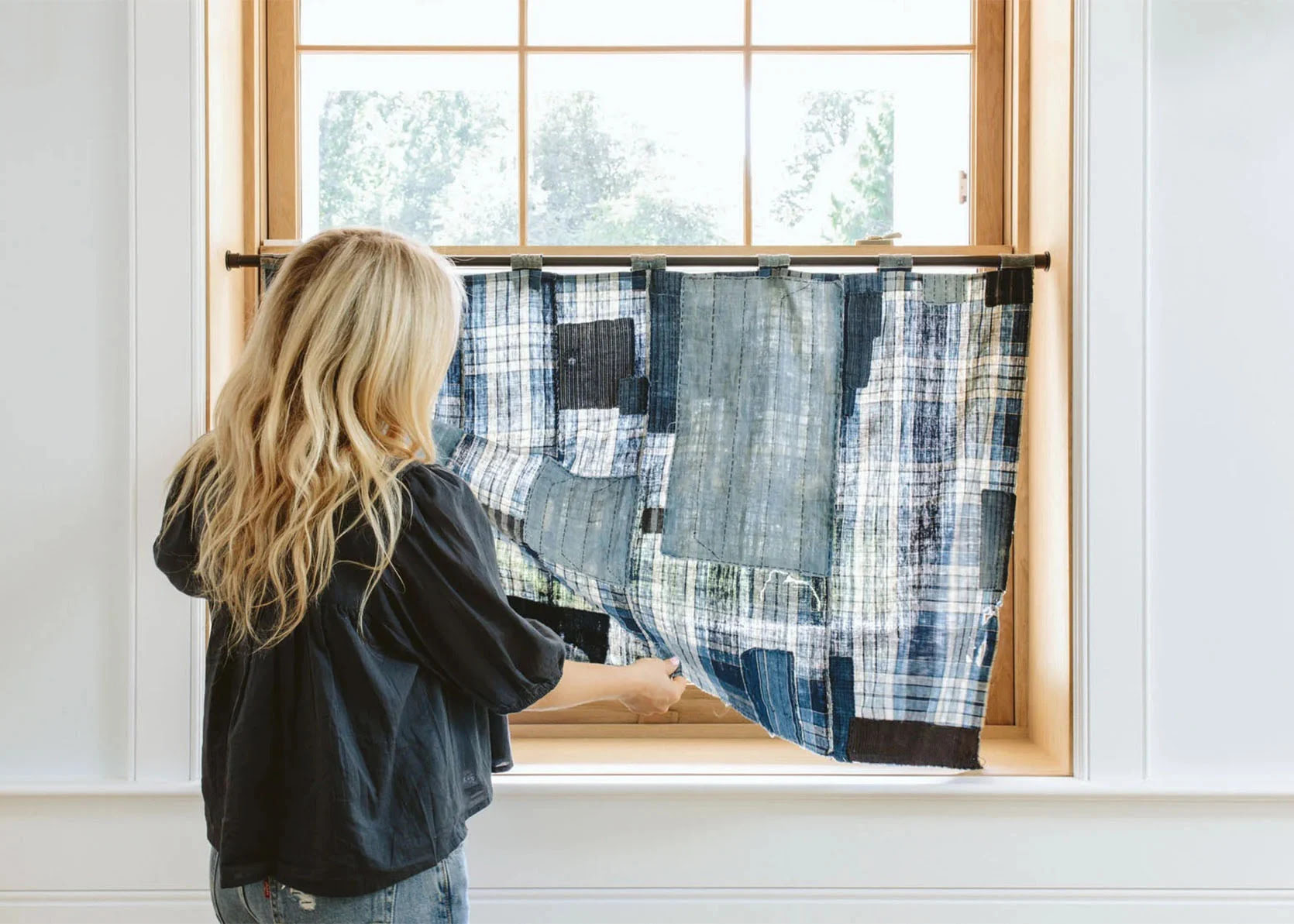
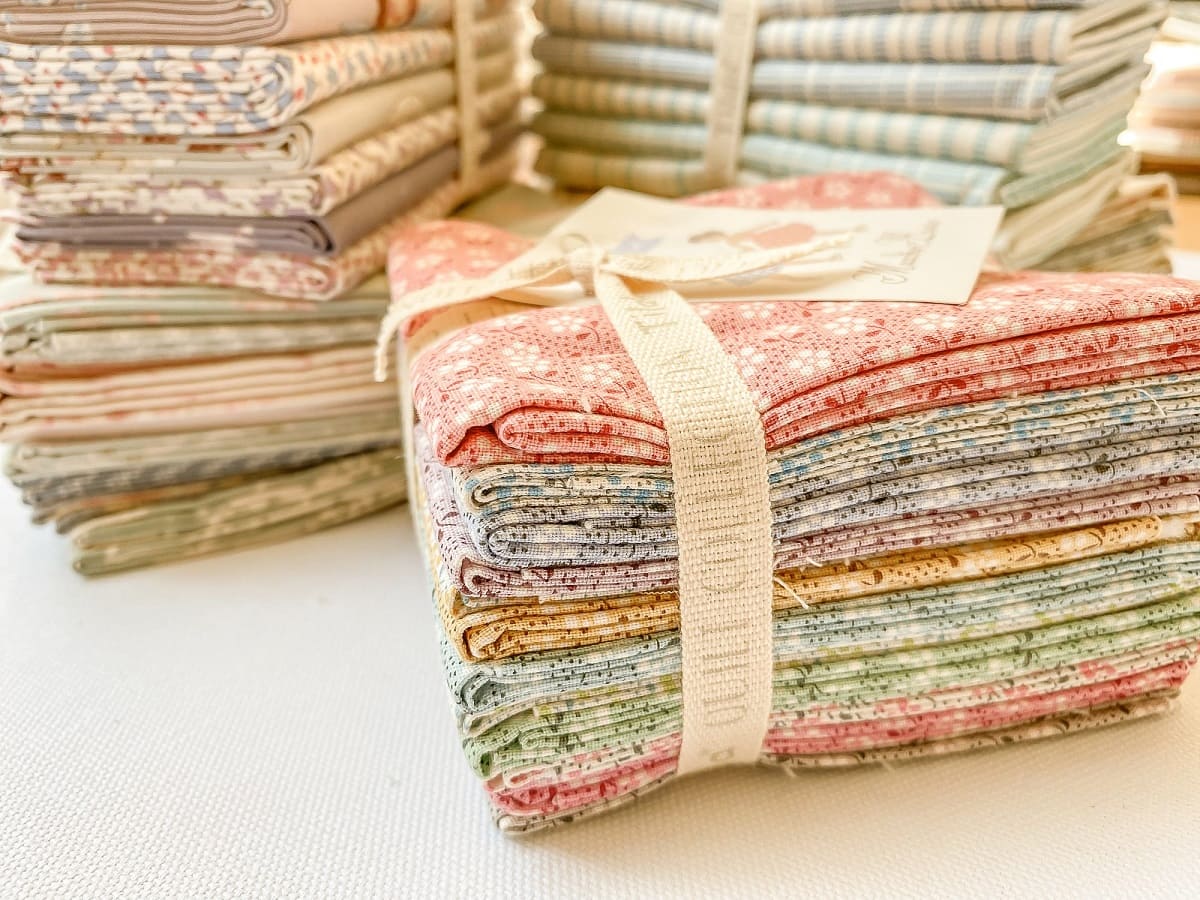
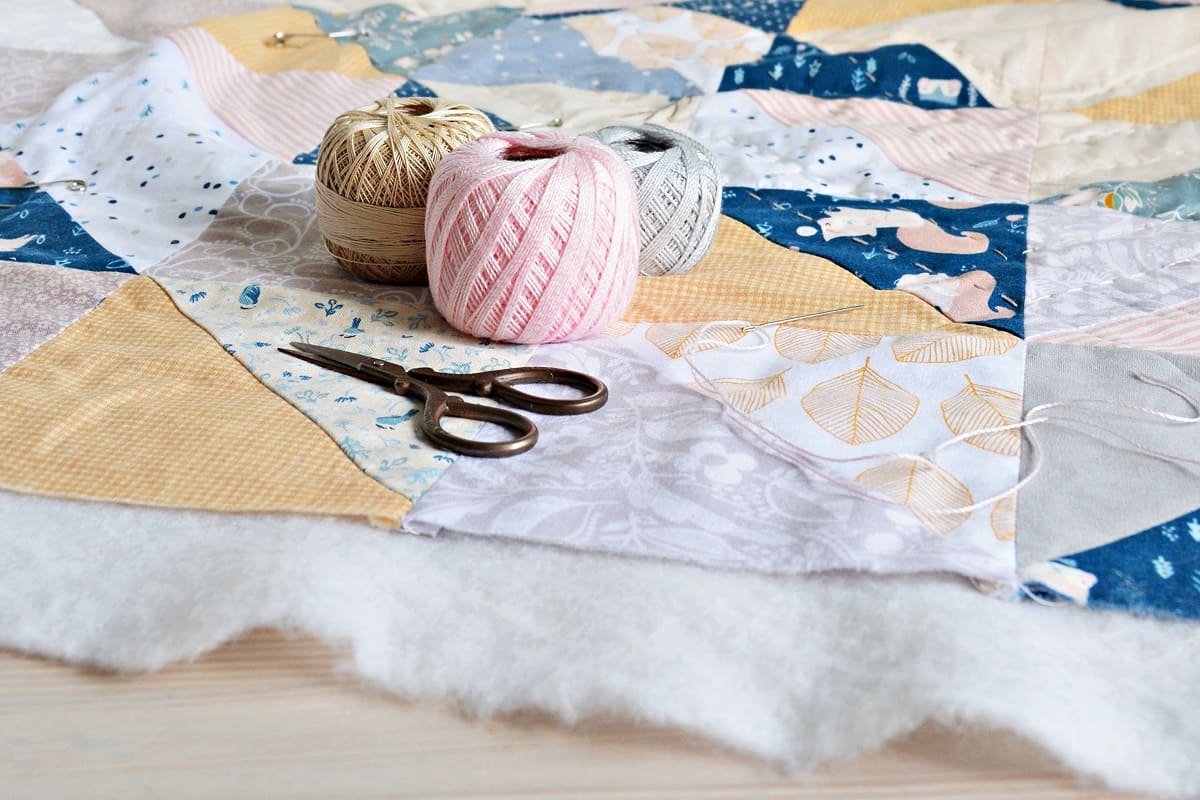
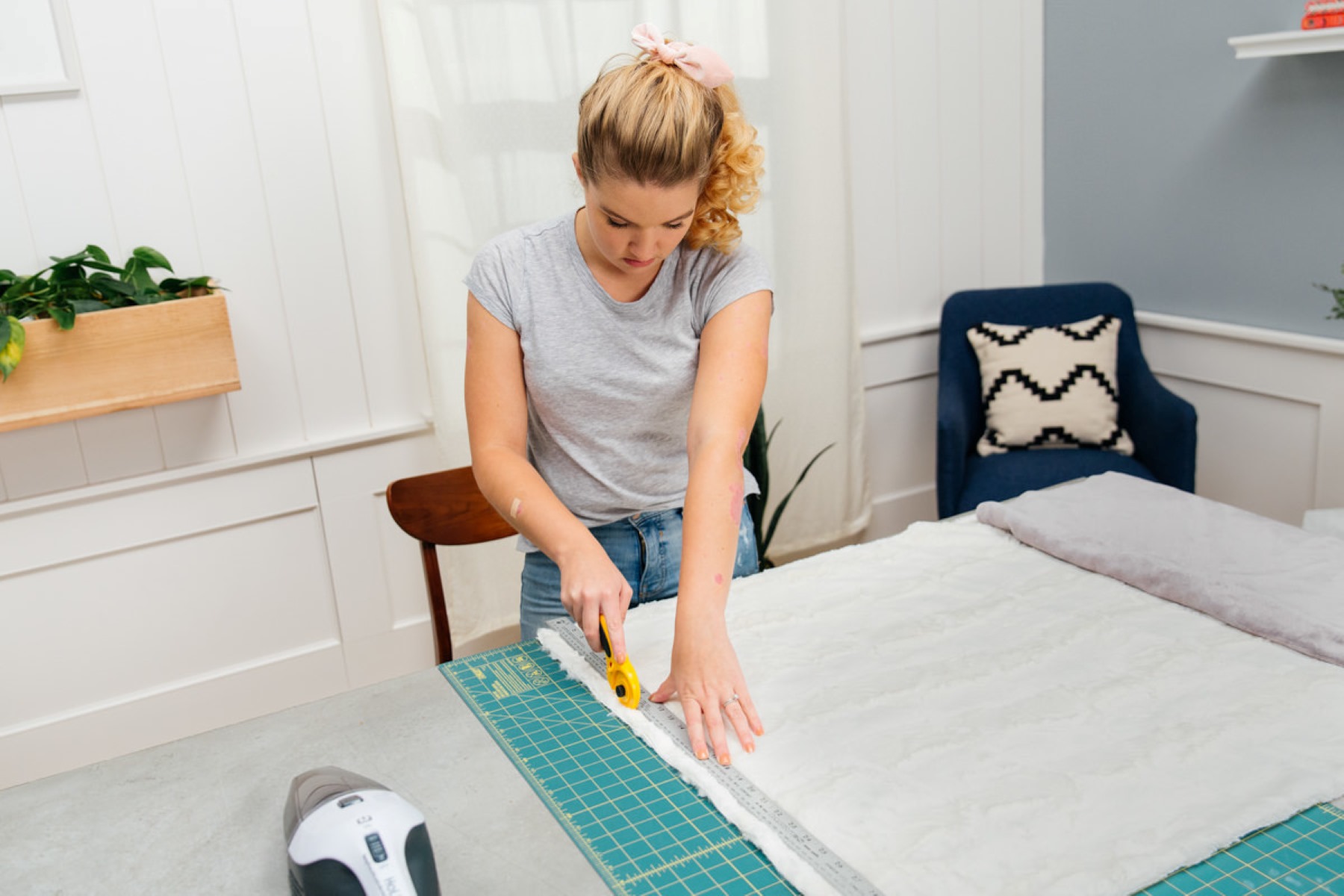
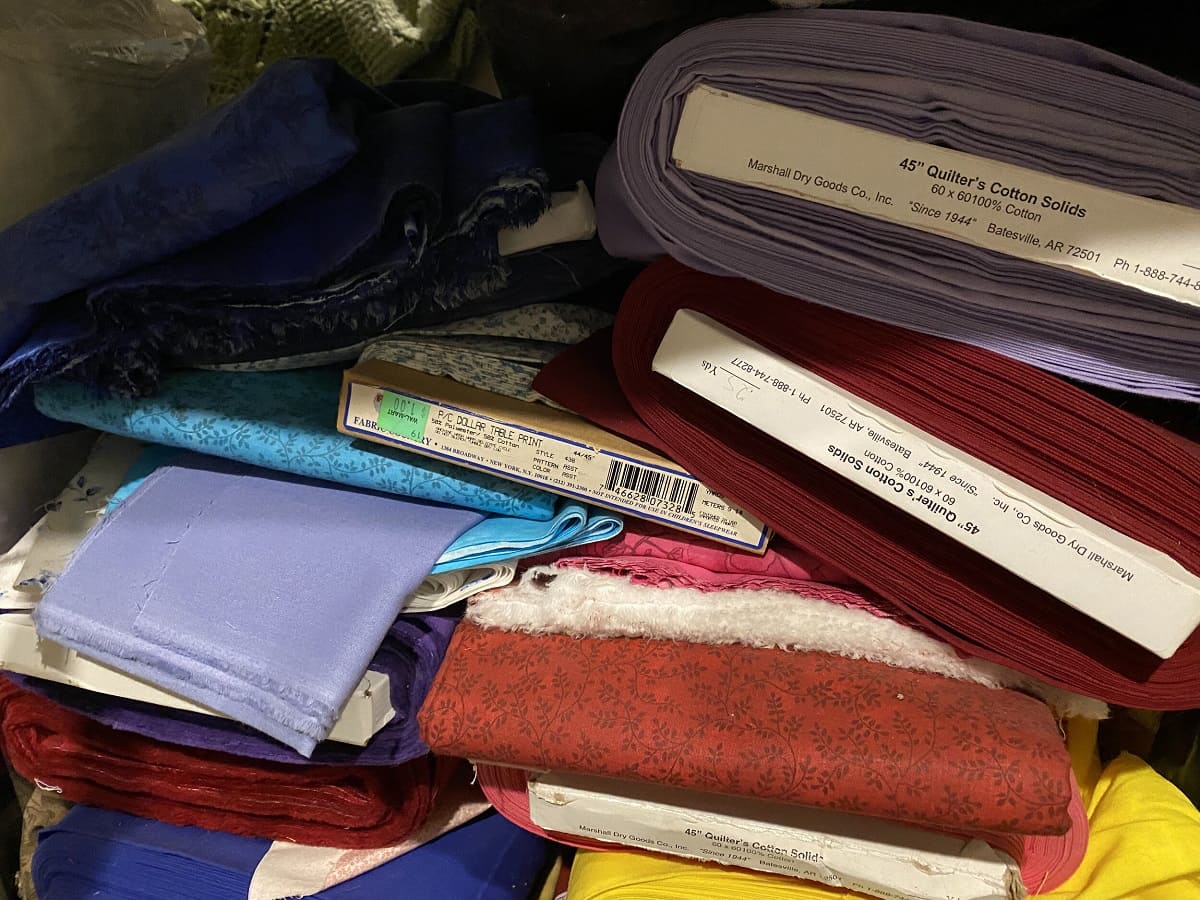
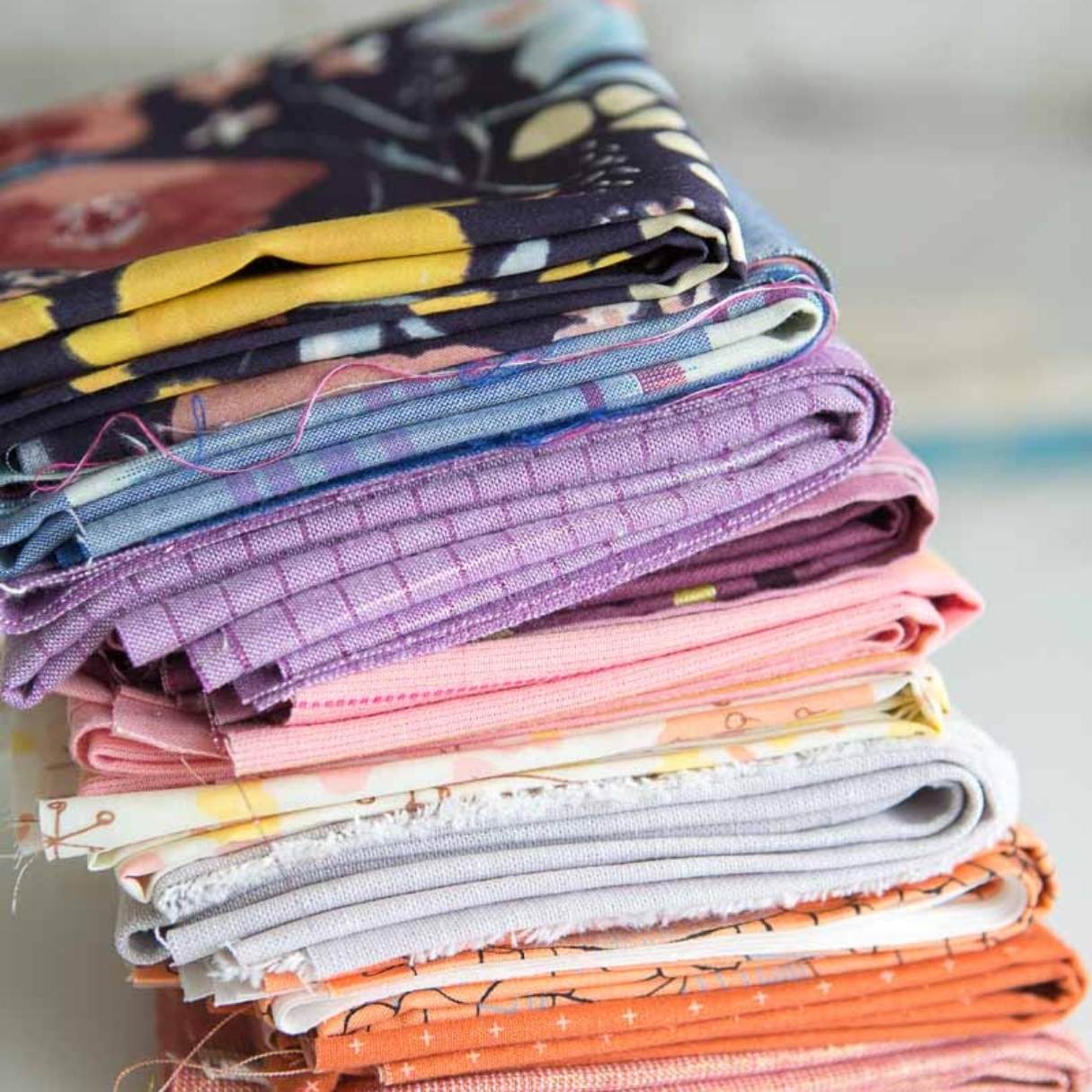
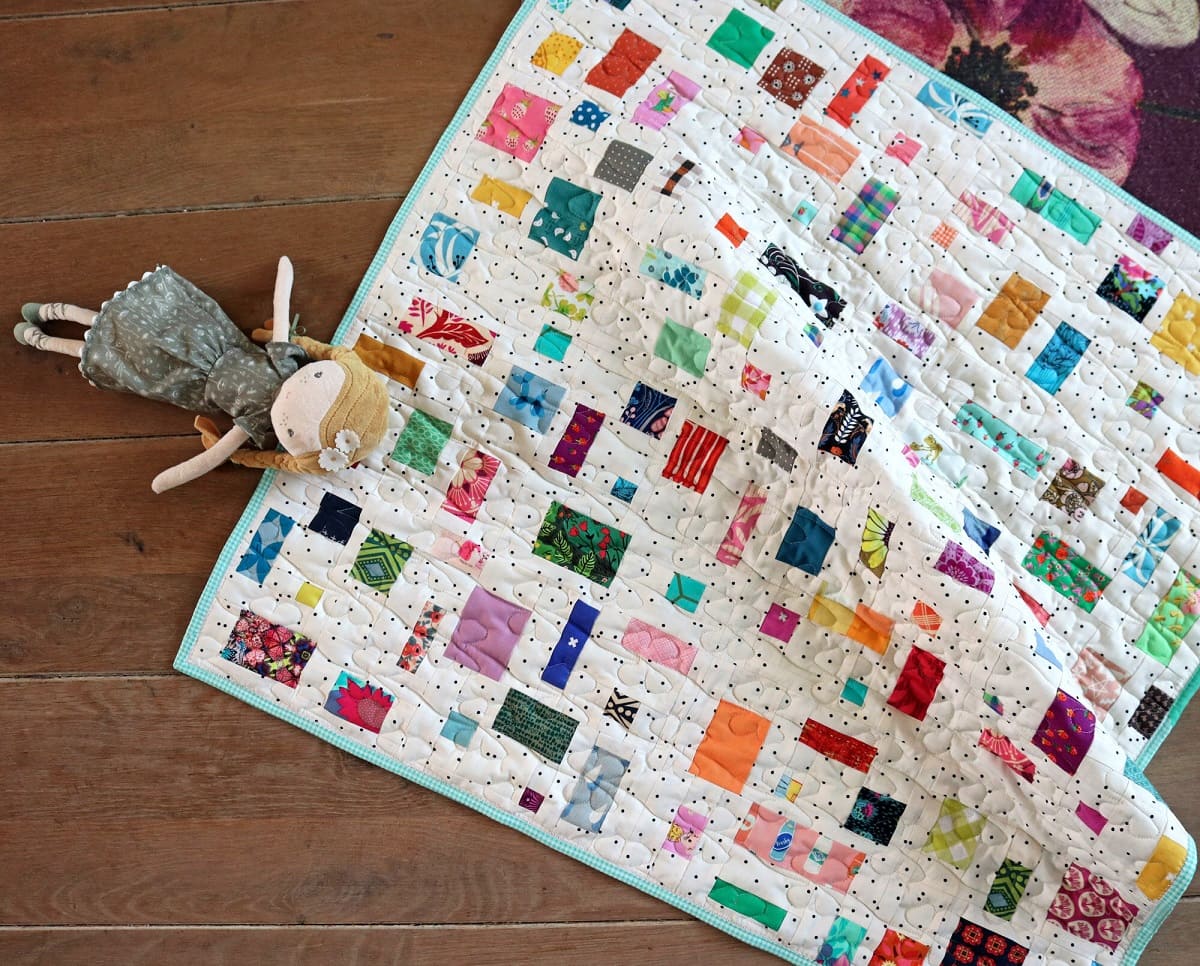
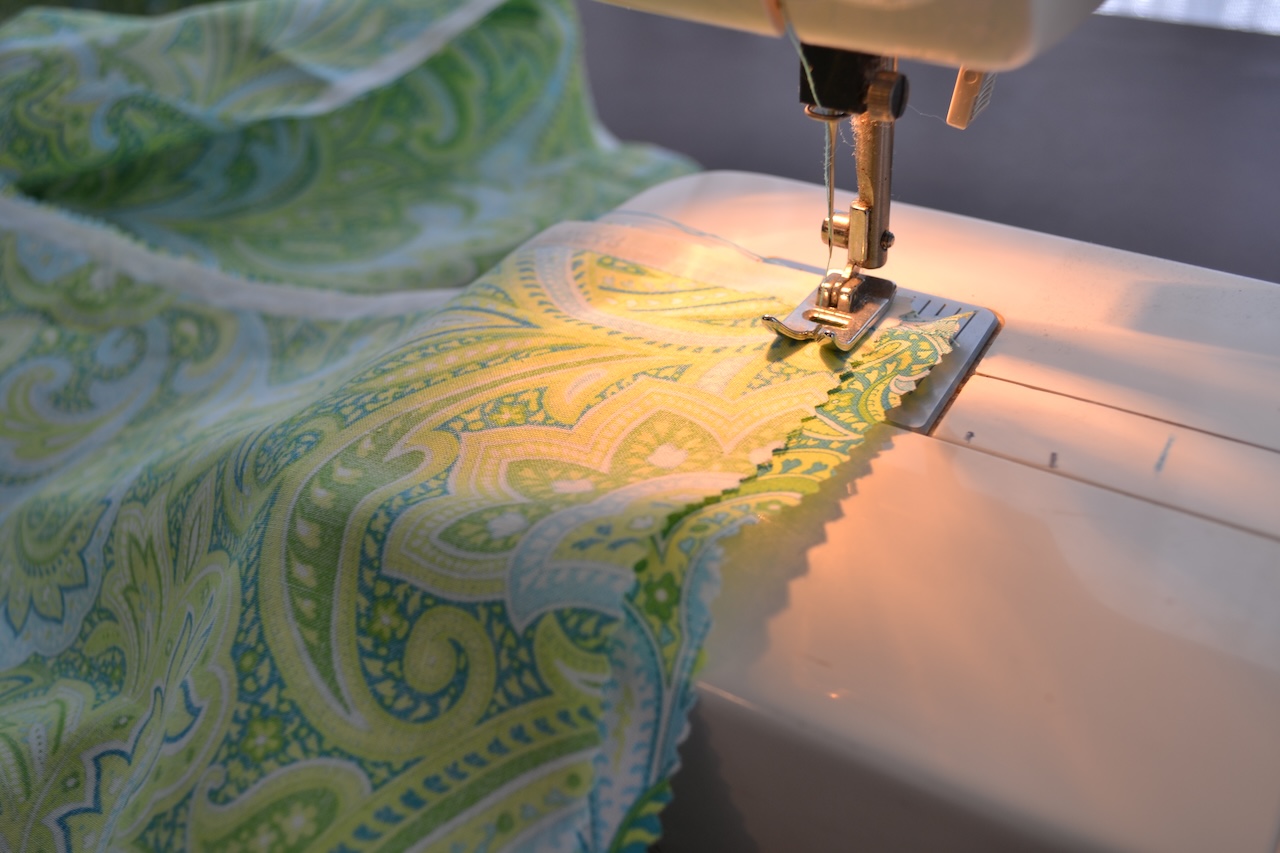

0 thoughts on “How Much Fabric Is Needed For A Baby Quilt”